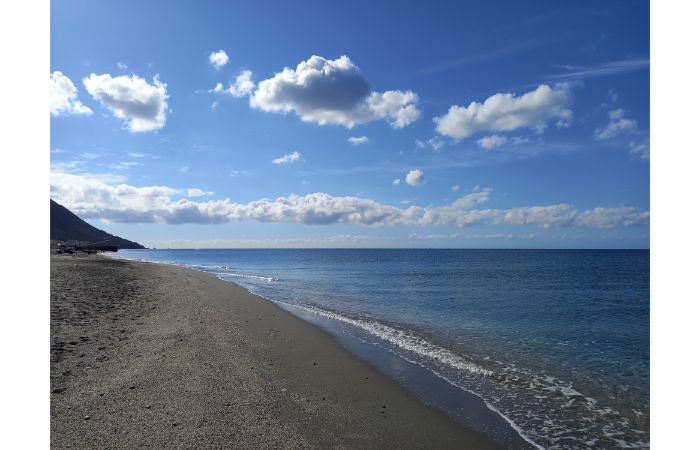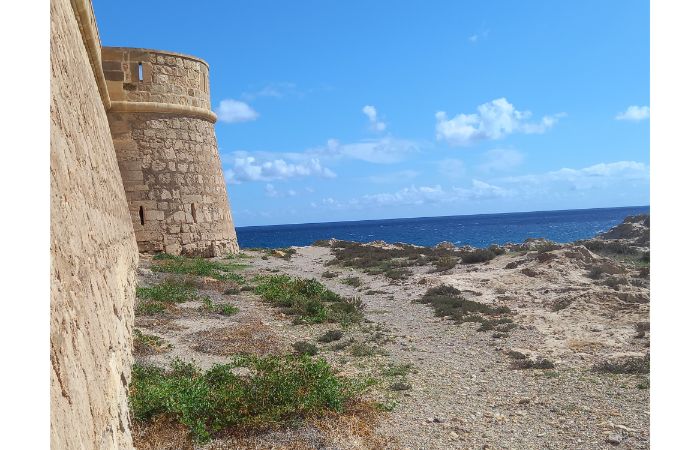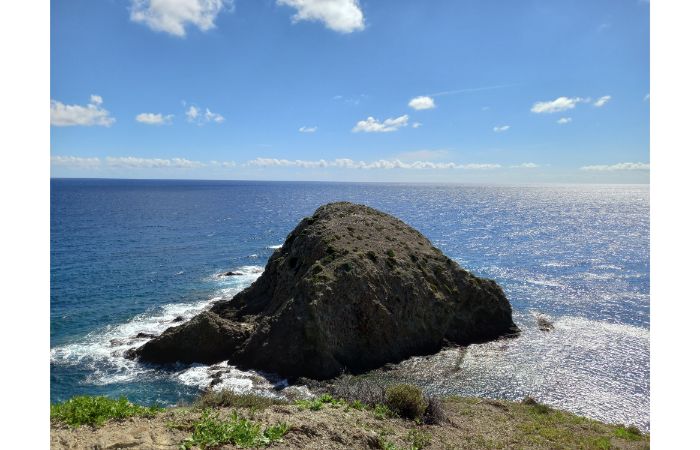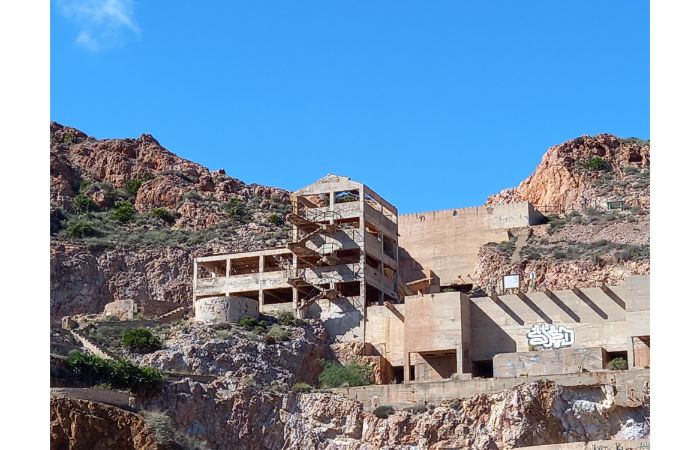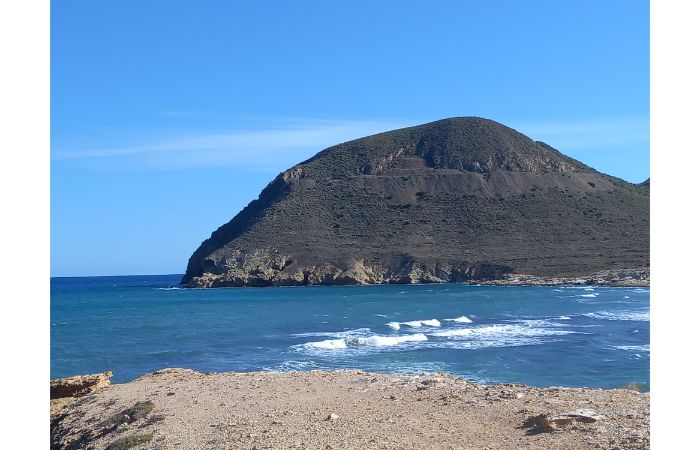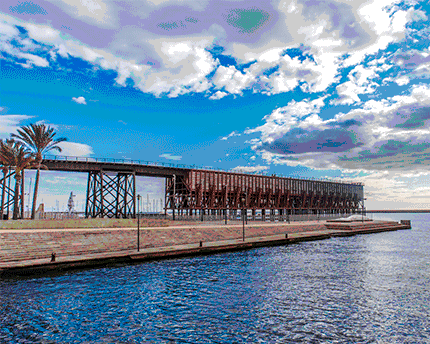FIVE PLACES YOU CAN NOT MISS IN ALMERÍA
Andalucía hides many treasures along its coasts that can leave you breathless. Some of them are in the beautiful province of Almería, the south-eastern point of the Spanish map. If you want to know them better, here are some tips to not miss anything.
- LA ALCAZABA DE ALMERÍA
Built in the 10th Century, this Muslim castle served as a palace for Abderraman III, founder of Almería, who desired a place where he could have 360º views of the whole city. Later, taking advantage of its spot at the top of a hill, when the Spanish Catholic Kings fought to conquer Spain back, it became a fortress surrounded by walls.
Divided in three parts, the first is a wonderful garden where you can walk around enjoying the outstanding views of the Mediterranean Sea and the city, with Cabo de Gata in the background. A huge wall called Muro de la Torre de la Vela, with its bell, which rang to warn about pirate attacks in the past, separate the first part from the second, where the private rooms were, as well as the thermal baths for the royalty and the servants. In the third part, we can see the main tower (Torre del Homenaje), the court where soldier training happened and the place where weapons were stored, that still conserve two cannons in a perfect shape.
Nowadays, the Alcazaba complex is used to host some cultural activities arranged by the Town Hall, like live music, poetry showcases, expositions or guided tours.
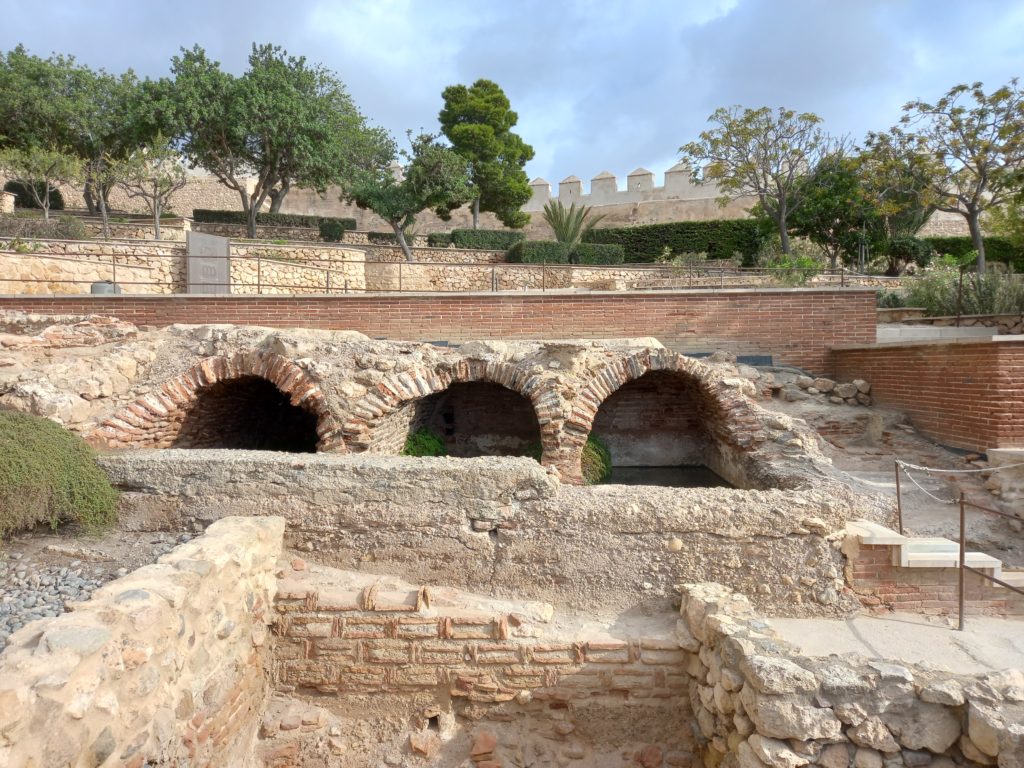


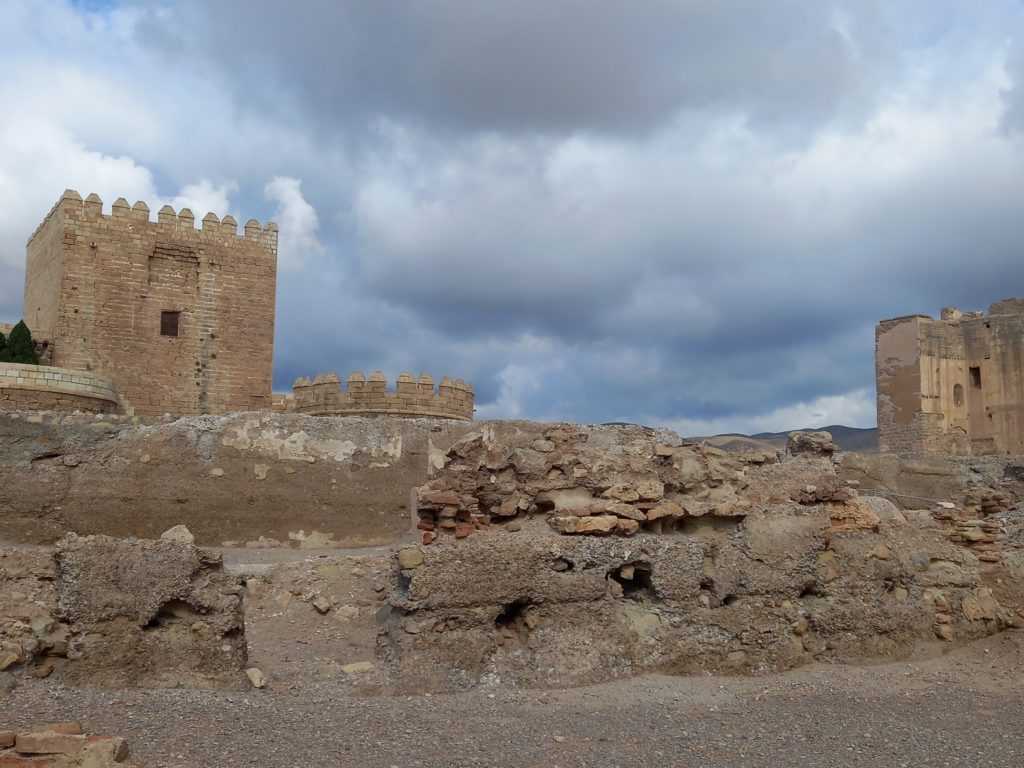




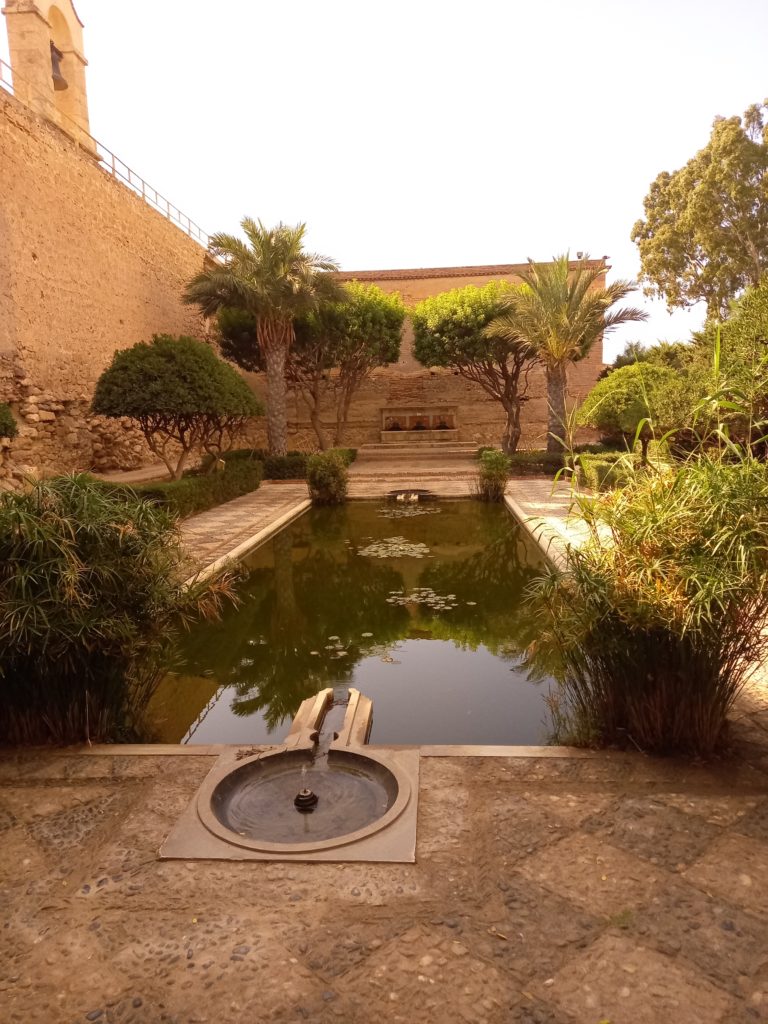

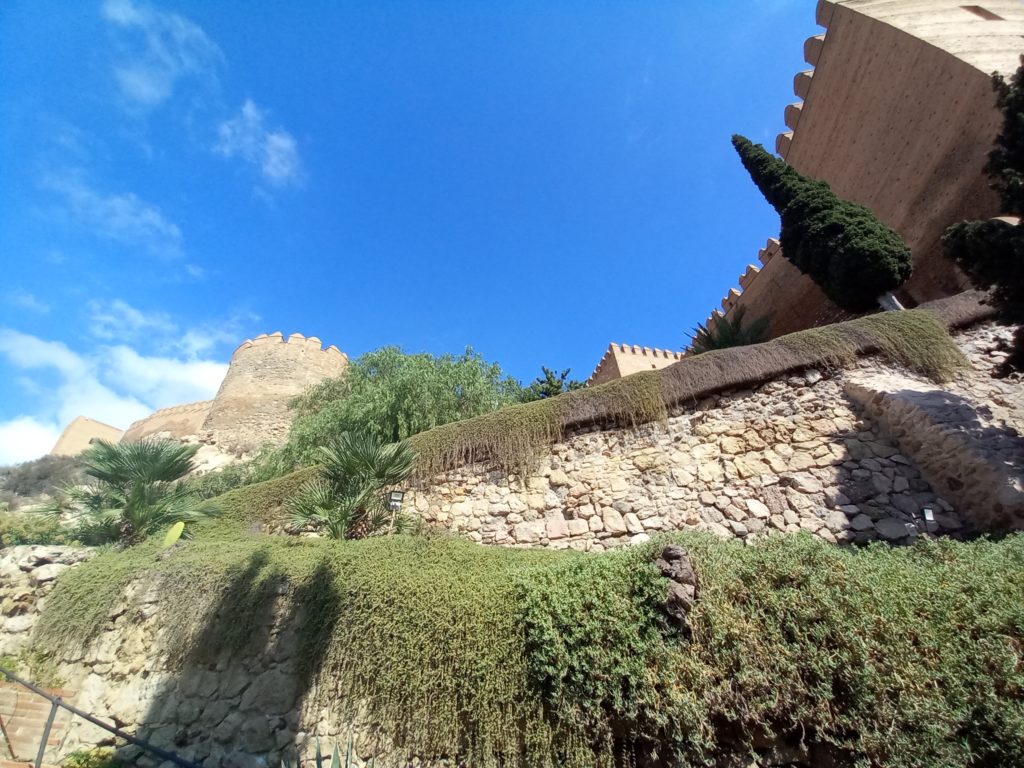
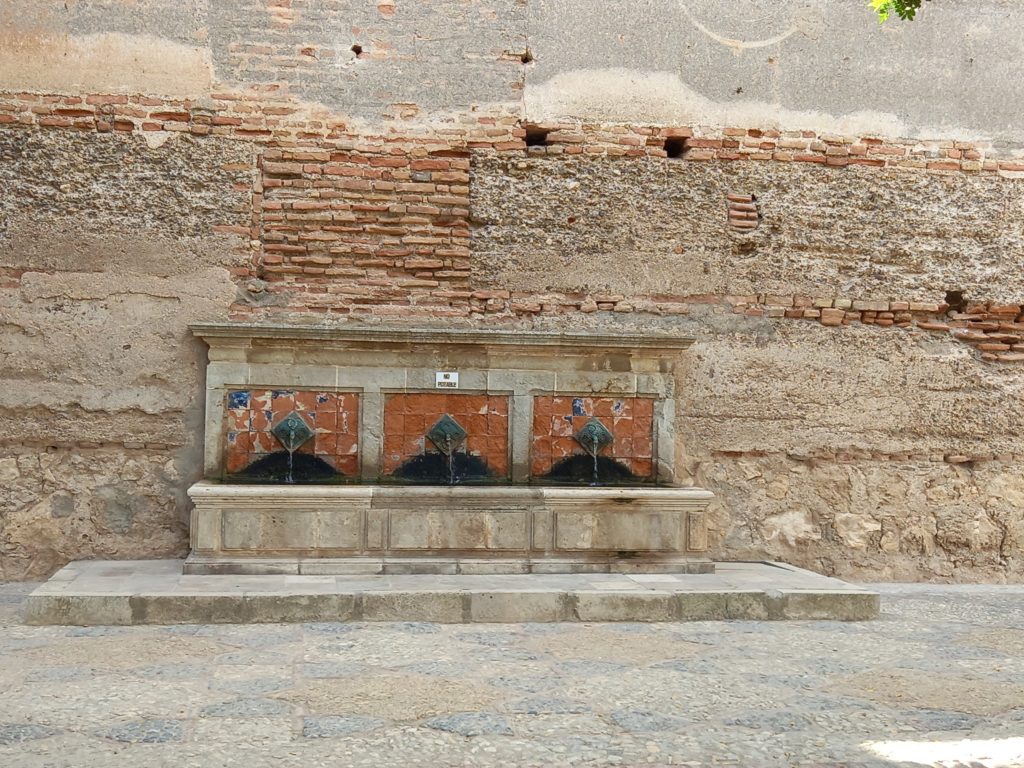
2. CIVIL WAR SHELTERS
Between 1936 and 1939, Spain lived one of the saddest episodes in its history: a Civil War confronting republicans and fascists in a cruel battle that left uncountless deaths. Almería was one of the last cities to fall into the hands of the fascist army lead by General Francisco Franco, so it was one of the most punished as well by the enemy fire. Some of this fire came in the form of bombs dropping from Spanish or German planes, so it was necessary to take shelter against them, and that’s the reason these complex alleys were built.
Designed by the local architecht Guillermo Langle, this shelter has more than 4 kilometers of alleys that go all the way beneath the city, about 9 meters under, creating a long and narrow space where all the civil population ran when the sirens warned from another incoming bomb attack, with the purpose of taking shelter. It has a capacity for about 40.000 people, that stayed there afraid in the dark hearing the sound of the planes and the bombs as those landed, until another siren announced that the attack had ended. The shelter has even a rudimentary surgery room to be used in case of emergency.



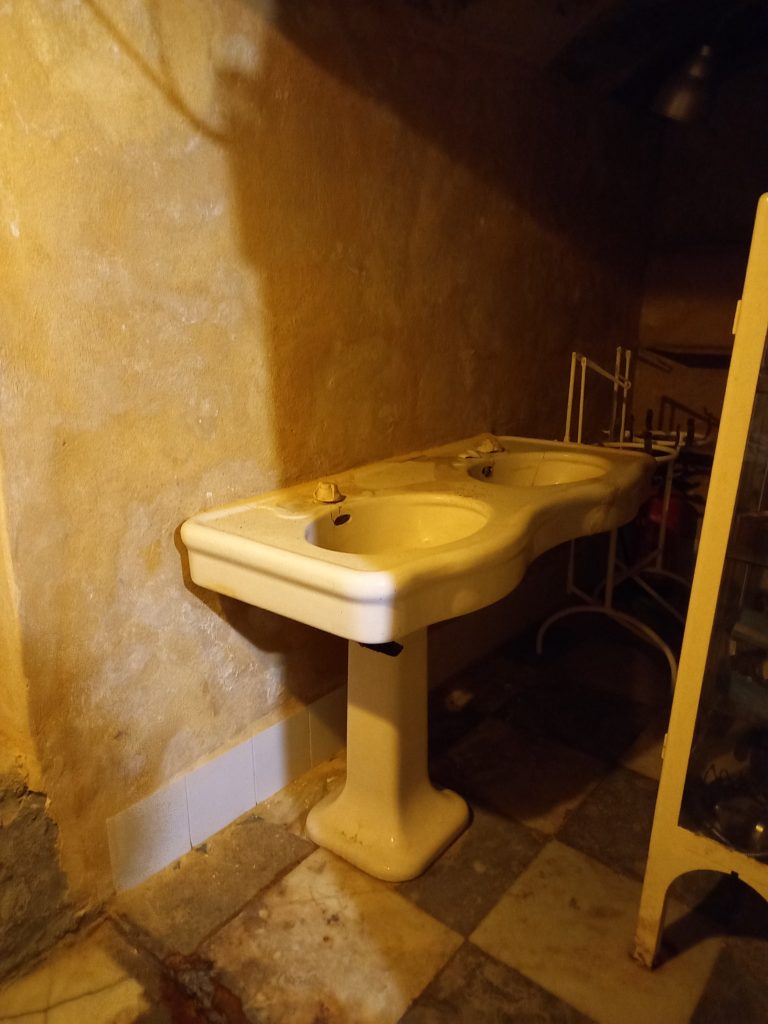
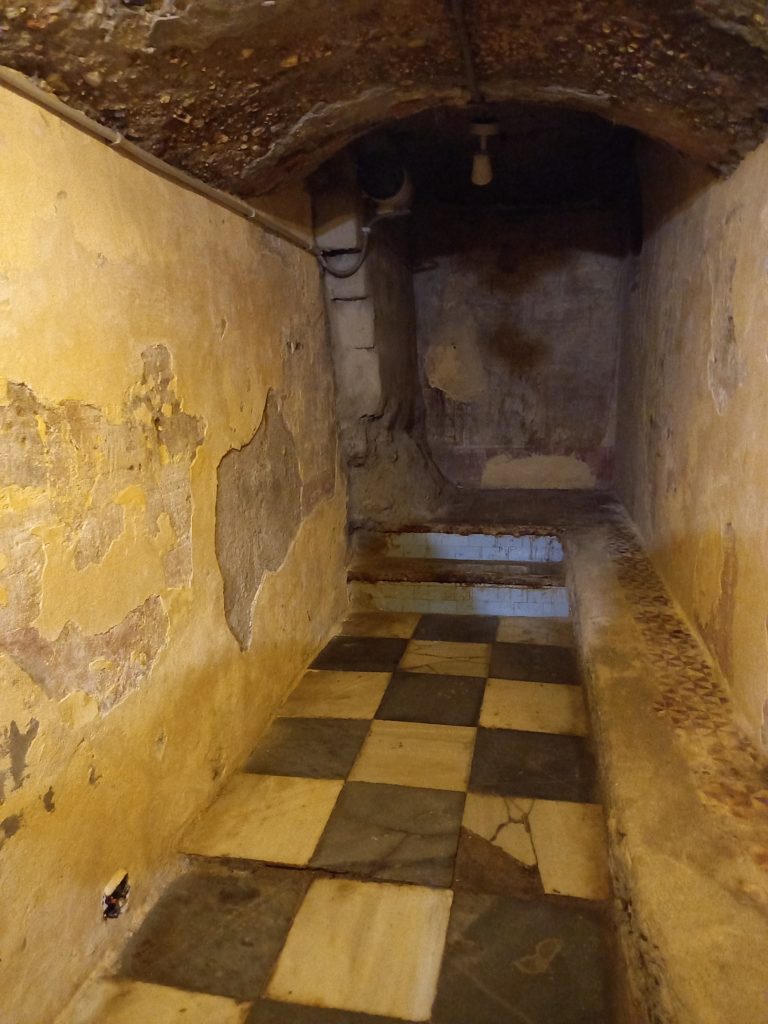

3. CABLE INGLÉS
Inaugurated in 1904, this mineral loading dock linked the old railway station and the coast with its tracks, with the intention of being able to load the minerals (coal, gold, etc.) that arrived by train onto ships for export.
The mechanism was as simple as it was effective: through several retractable ducts, which were lowered to the deck of the ships, the minerals were unloaded and fell down by the simple force of gravity.
Located in the vicinity of Parque de las Almadrabillas, its restoration process began in 2010, and although the original design by engineers John Ernst Harrison and Andrés Monche y Ríos has been respected, lighting has been added, to make it a beautiful night time scene worth seeing.
4. OASYS MINIHOLLYWOOD THEME PARK
Parts of Almería have been a big movie set for Hollywood productions in the 50’s, 60’s and 70’s, and specially Tabernas, a desertical area where most of the spaghetti westerns were filmed. We can recognize its views in movies like The Good, the Bad and the Ugly, A Fistful of Dollars or even in blockbusters like Lawrence of Arabia or Indiana Jones and the Last Crusade. In order to remember those exciting times, and also have some fun feeling like a true cowboy or cowgirl, some of those movie sets were rebuilt as theme parks. This is the case of Oasys MiniHollywood.
In this place you can walk down the streets of a real Western Town, visiting places like the Sheriff’s Office, the bank, the church, the stables, the graveyard, the native Indians tepee’s or The Yellow Rose Saloon, where you can also take a drink while you enjoy country music and a live Can-Can show. The entry also includes access to all the shows, the inner museums (like the Cactus Garden, the Wagon Museum or the Film Museum), the swiming pool area (only open in Summer season) and the Zoological Reserve, when you can see more than 800 animals from 200 different species like lions, monkeys, giraffes, antelopes, hippos, rhinos or snakes, among others, as well as a Bird Show. Also, in October they host many of the activities of the Almería Western Film Festival.
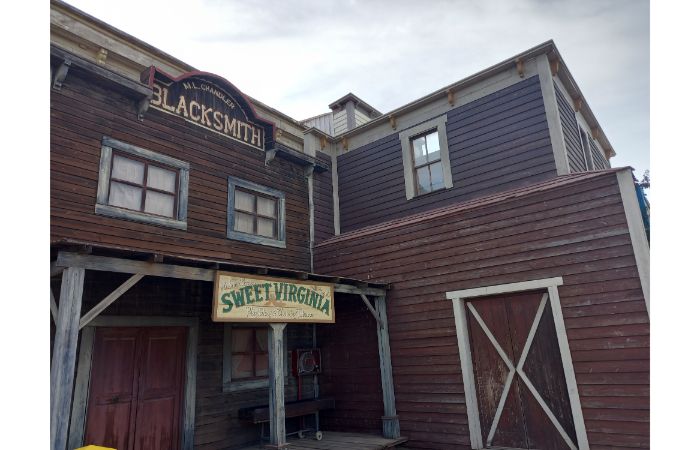

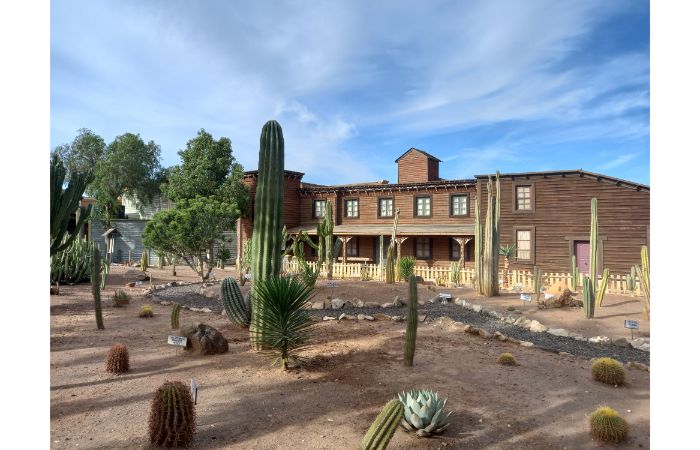
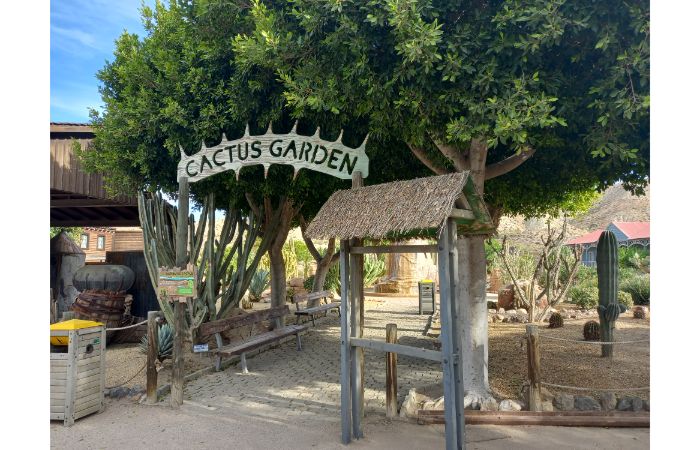
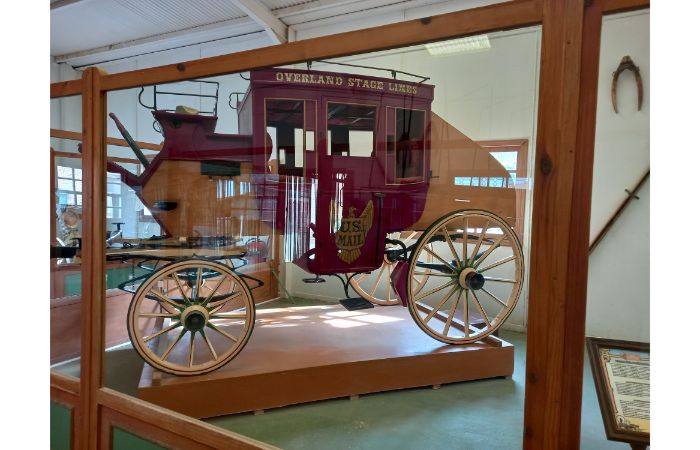

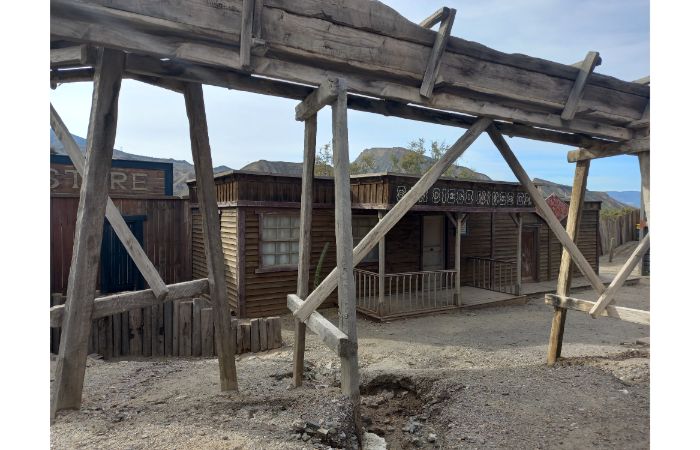


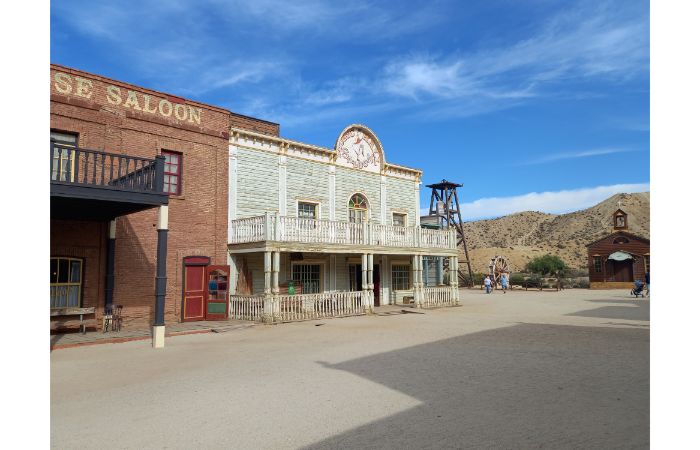
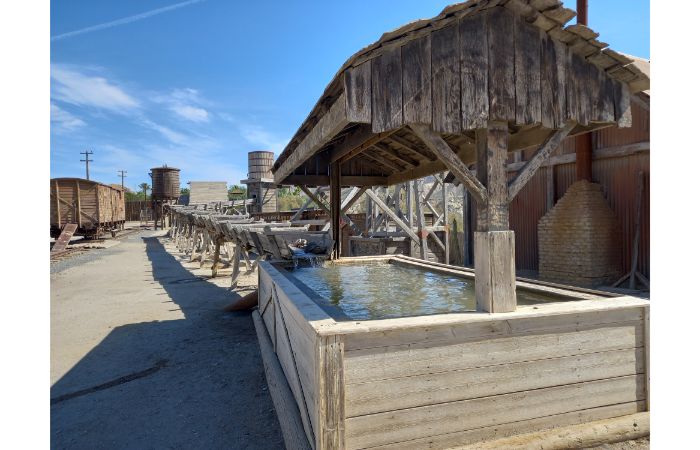




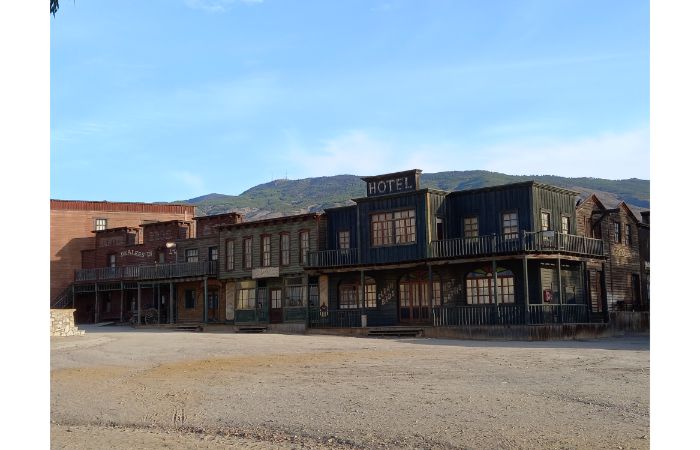
5. CABO DE GATA
Natural Park of Cabo de Gata is full of beaches, little virgin coves and cliffs areas where the wild nature takes its place in Almeria’s beautiful puzzle. Starting in Las Salinas beach, which has more than three kilometres of golden sand shores and an iconical church in the middle of them crowned the views, we can drive through the winding road to the top of the cliffs where the Lighthouse is placed next to the lookout of the Arrecife de las Sirenas.
The views shows lots of volcanic rocks that emerges from the sea like tiny islands.
Following one of the roads, we can reach the beach of Los Escullos, where the Batería de San Felipe is, one of the many fortresses that were built in the past centuries along all Cabo de Gata shores trying to protect the area from enemies and pirate attacks. Here we can see as well how the salt from the sea and the wind has eroded this area, giving it its peculiar shape. Nearby is the village of Isleta del Moro, with its beach and a port where a lot of fishermen place their boats after providing the restaurants of the area with fresh food from the sea.
Approaching Rodalquilar, we can walk in its streets filled with ruined houses, which used to belong to the staff who worked in the mines and their families. These mines were exploited by differents national and foreign companies during the 20th Century, building a big factory in order to extract the gold hidden inside the earth. Nowadays it is abandoned, creating a picture that is very close to a fascinating an apocalyptical scenario. The visit to this old building is worth it, but we strongly recommended to have some caution in the area, because there are some places that are in ruins and can be a little bit uneven when walking. From the top of the stairs, we can also see the Playazo Beach, placed about 5 kilometres further along the coast, another drive which is mandatory if we really want to see one of the most beautiful beaches in Almería, with water so transparent that makes it the perfect place for a swin and to dive in the search of wild life under the sea.
